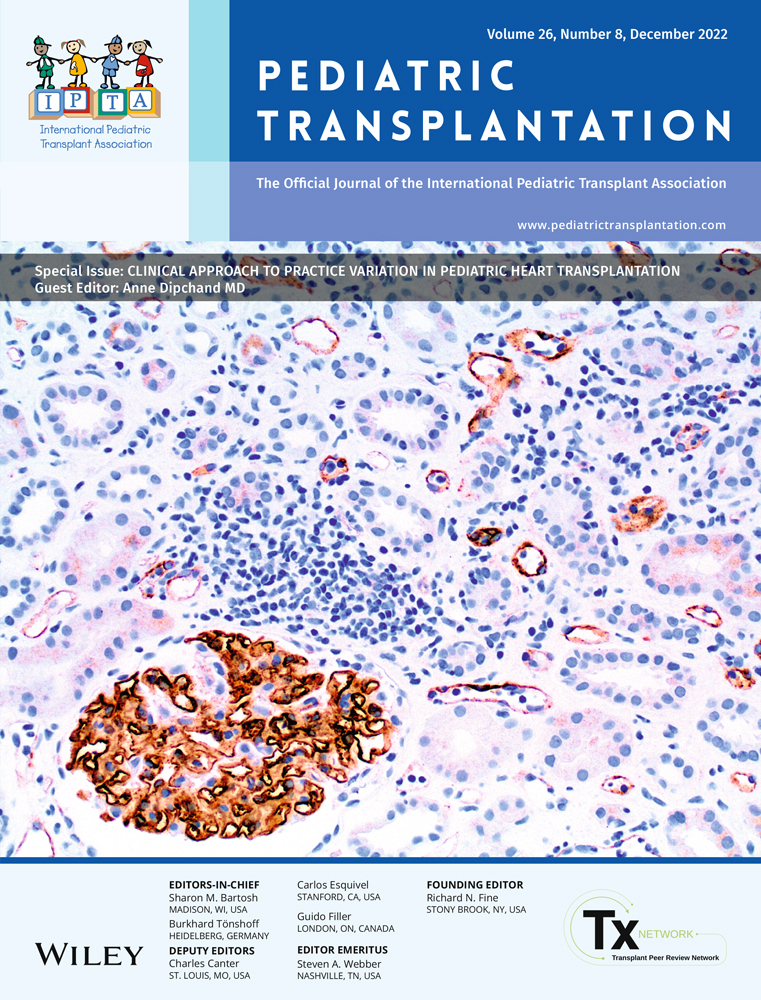Neurological complications in pediatric liver transplant recipients
Abstract
Introduction
There is paucity of data on neurological complications (NCs) and its predisposing factors, in pediatric liver transplant (PLT) recipients.
Methods
Records of seventy-one children who underwent LT between October 2018 and November 2019 were reviewed. Patients were categorized into group A: with NC and group B: without NC in the post-LT period. Various risk factors contributing to NC were studied.
Results
In total, 15 (21.1%) had NC (group A) and 56 (78.9%) had no NC in the post-LT period. NC included cerebrovascular accident (n = 1), seizures (n = 5; 4 generalized, 1 focal), central pontine myelolysis (CPM) (n = 1), diaphragmatic palsy (n = 2), peripheral neuropathy (n = 1), extrapyramidal movements (n = 3), and encephalopathy beyond 96 h (n = 2). The median onset of NC was at 8.5 days post-LT (1–58 days). Ten (66.7%) patients in group A had grades 2–4 hepatic encephalopathy (HE) prior to LT. Eight (14.3%) patients in group B also had pre-LT neurological issues including HE in six, epilepsy and spastic diplegia in one each. On univariate analysis, pre-existing HE, high PELD/MELD score, pre-LT ventilation, pre-LT infection, higher day 1 post-operative bilirubin (all p < .05), and higher tacrolimus were found to predict post-operative NC whereas on multivariate analysis, pre-LT HE was the only predictive factor. Median follow-up was 15.5 months. Four patients died in each group (survival log-rank p = .369). All the surviving patients in group A (n = 11) fully recovered from the NC.
Conclusion
Pre-transplant HE was the single most significant predisposing factor for post-LT neurological complications.
CONFLICT OF INTEREST
None of the authors disclose conflicts of interests.
Open Research
DATA AVAILABILITY STATEMENT
Nil




